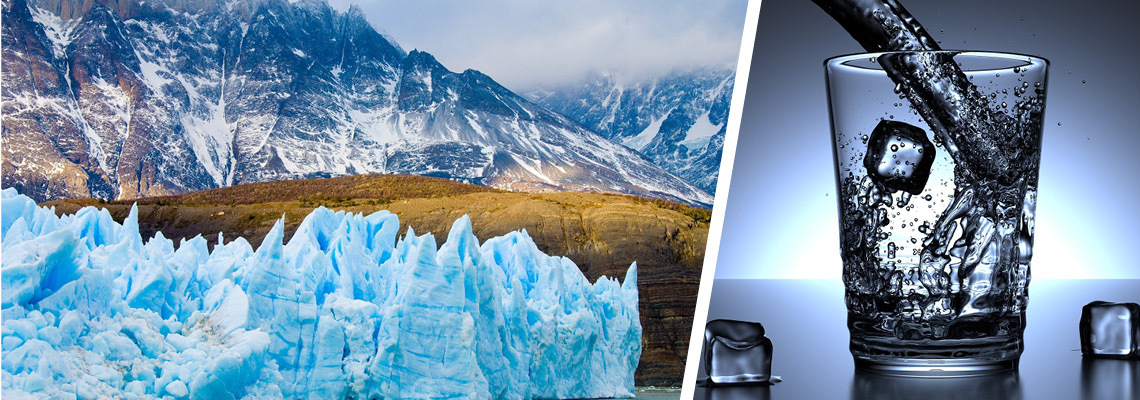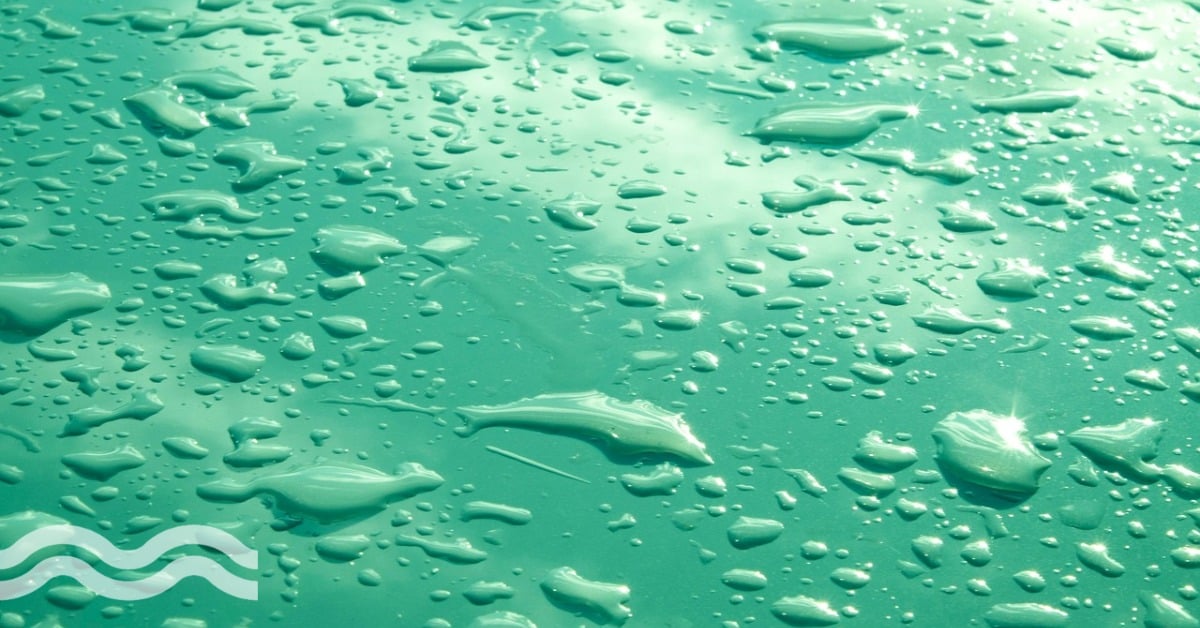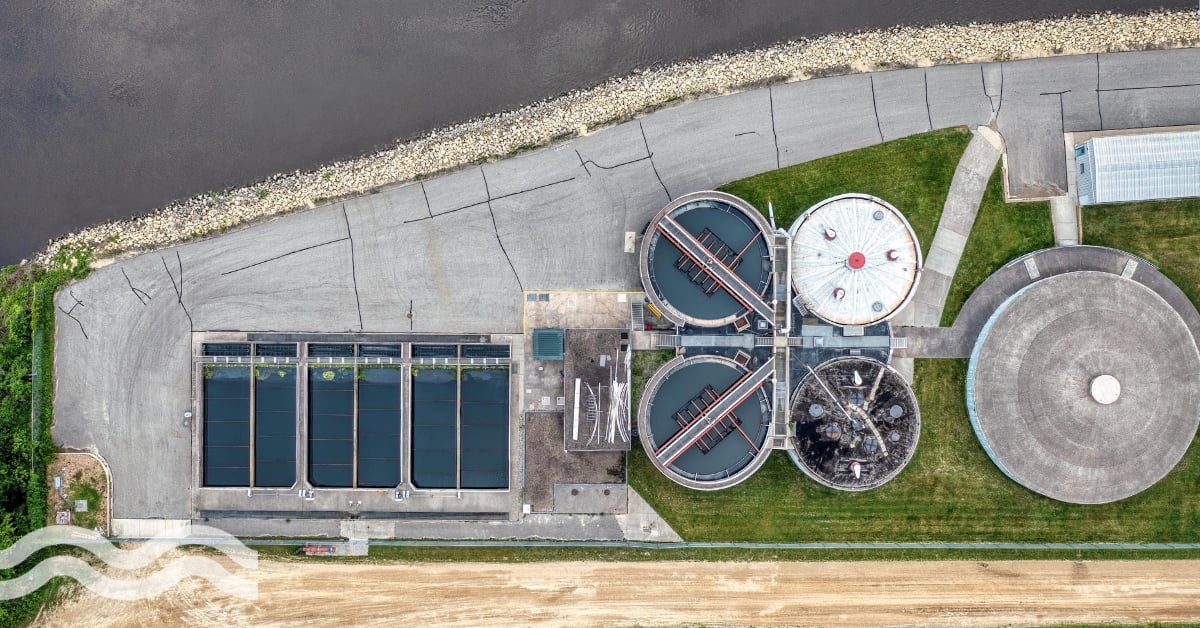Iceberg harvesting solution melts on validation progress

Harvesting fresh water from icebergs has long been mooted as a potential solution to one of the key global challenges of our age. But technical and economic barriers continue to put plans on ice.
Novel approaches to fresh water solutions
Numerous ideas and even sometimes outlandish concepts are continually proposed to address the scale of water scarcity.
The World Economic Forum (WEF) recently wrote an article headlined ‘5 unusual methods to harvest Earth’s untapped water resource’.
As well as fog harvesting, cloud seeding and minimising evaporation, WEF listed “iceberg harvesting” as one unusual method.
This radical suggestion would see giant icebergs dragged from the Arctic or Antarctic regions for use as a source of drinking water in water constrained regions.
As crazy and perhaps unpopular as it may sound, iceberg harvesting has been touted as an attractive alternative to existing processes. So why hasn’t iceberg harvesting been adopted?
Use it or lose it
There is certainly a great deal of fresh water tied up in ice. The giant A68a berg, weighing in at a trillion tonnes, calved from the Larsen C Antarctic ice shelf back in 2017 and is still spiralling around near South Georgia in the South Atlantic.
What’s more, it is estimated that every year a greater volume of fresh water breaks off Antarctica as icebergs than is consumed by the whole global population.
“Proponents of the iceberg harvesting idea argue that since the fresh water they contain is wasted in any event, it could instead be harvested."
Indeed, many icebergs disintegrate from our shrinking ice shelves every year. They drift around causing shipping hazards, changing the marine ecosystem as they lose huge volumes of cold fresh water and contribute to rising sea levels. Ultimately, they completely melt, and the fresh water they contain is lost.
Proponents of the iceberg harvesting idea argue that since the fresh water they contain is wasted in any event, it could instead be utilised.
Ice, ice baby
One of the latest proponents of the iceberg idea is advising the government of the United Arab Emirates (UAE). The UAE-Iceberg Project is backed by National Advisor Bureau Limited.
The organisation is conducting research looking at investing up to $80 million on a preliminary test programme that will see a berg towed to South Africa’s Cape Town or Perth in Australia. If the concept is proven, a full-scale scheme would be executed.
National Advisor Bureau estimates the full cost of towing an iceberg from Antarctica to the UAE’s Fujairah coast would be of the order of US$100-150 million.
“It will be cheaper to bring in these icebergs and utilise them for fresh water rather than utilising the desalination water because desalination plants require a huge amount of capital investment,” Abdulla Alshehhi, managing director & principal consultant at National Advisor Bureau, reportedly said.
In addition, alongside the fresh water, it has also been suggested that the presence of millions of tonnes of cold fresh water could accelerate local climate change effects, including promoting rainfall.
Beyond the ice age as a concept
The idea of iceberg harvesting has been floated since at least the 1950s. Back in 2011, for example, France’s Dassault Systemes used its 3D modelling capabilities to explore the movement of an iceberg from Newfoundland to the Canary Islands.
However, while this modelling proved the technical feasibility of the idea, like many such schemes before it, the French plans did not go any further.
“A paper from Boston College Law School argues that unilateral US action would be the most effective way to jumpstart iceberg harvesting.”
According to the latest plans from the UAE, the first trials for the iceberg harvesting scheme had been planned for 2019, but to date, no such programme has been announced.
Indeed, while the iceberg plan is theoretically possible, so far at least no concrete measures to execute such a plan have gone much beyond the drawing board.
Certainly, icebergs can be considered an ocean resource and are therefore subject to acquisition for private use and legal exploitation.
A paper from Boston College Law School, for instance, argues that unilateral US action would be the most effective way to jumpstart an international iceberg harvesting industry. However, potential clear and technical feasibility demonstration has not come even close to realisation.
There are certainly a number of technical barriers to such a scheme being successful, including generating sufficient towing power, predicting and preventing melting, and locating and securing a suitable iceberg.
Simultaneously, global warming is accelerating the loss of arctic sea ice and with it many billions of tonnes of fresh water every year, regarded by many as the most important substance.
Given that around three quarters of the world’s fresh water is held in ice, the vast majority of which is in the Antarctic region, the idea of harvesting icebergs is set to be around for as long as the ice caps remain frozen.


